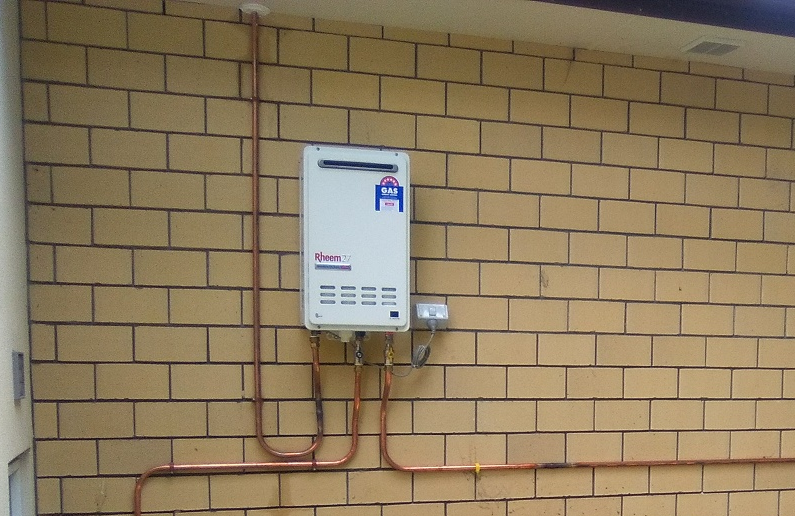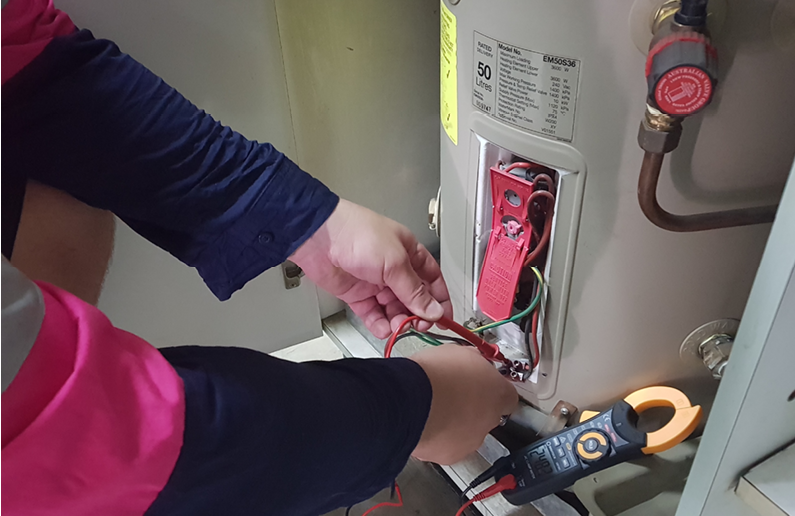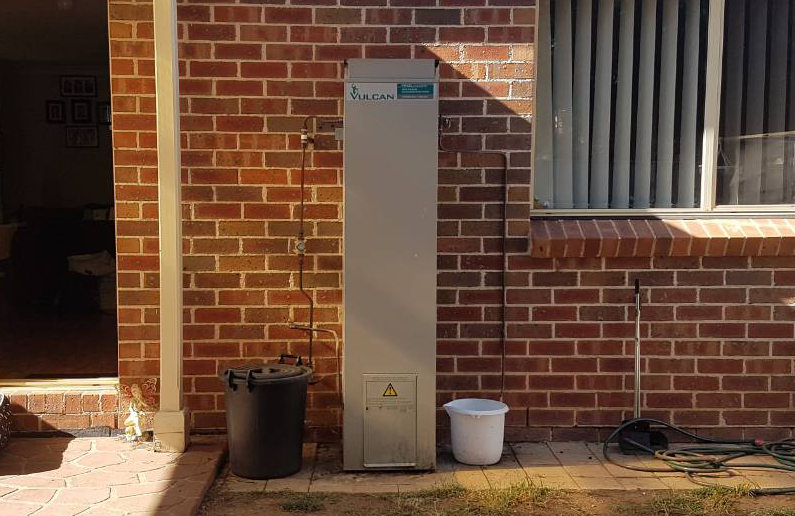Tips To Pull Off A Gorgeous Eclectic Design
RH Business Marketing Solutions
Tips to Pull Off a Gorgeous Eclectic Design
Eclectic design is super attractive. It’s full of freedom, mismatched items and fun colors. However, because it’s so hard to define, creating a beautiful eclectic space is not an easy task, especially if you don’t want to end up with an overly kitsch home. Luckily, here are a few tips that will help you create a successful eclectic design that matches your lifestyle and feels just right!
Start from scratch
This is a trick that many interior designers swear by: every time you’re designing a new look, start with a blank canvas. Since the eclectic look is definitely in-your-face and very eye-catching, starting with a neutral background is a great idea to avoid creating an overwhelming space. While neutral colors like white, gray and beige instantly come to mind, you can also opt for various natural materials like wood and stone. They are eco-friendly and look neutral, but are also warm and inviting.
Coordinate your colors
Many people think that nothing is supposed to match in eclectic design. However, that’s not true! The key is in coordinating your colors that will allow you to create a successful design and a coherent space. For instance, choose a color that can be introduced in multiple areas in your home and use it on everything from textiles to art and paint. Opt for a variety of different prints and patterns in your chosen color to stay true to your eclectic design yet subtly pull the room together.
Add statement pieces
Every space needs a statement piece that will be the star of the show. No matter if you opt for an art piece or a furniture item, this is the element that will make your eclectic design come to life. So, don’t hesitate to make it bold and make it big. In this case, forget everything about coordination, because you want your statement piece to pop. Even your quirky collection of items can serve as a focal point. For instance, if you’re an avid comic book fan or someone obsessed with music, there are super cute bobbleheads in all styles and themes that can be grouped together. These figurines will look amazing when displayed on your shelf and will definitely start a few conversations. All in all, find something you like, make it stand out and you have your statement piece!
Find balance
The goal of every interior is to have balance in symmetry and scale. Even if you have furniture in different styles, textures or from different periods, you can still use similar lines and sizes to create a sense of harmony. Your space is meant to be lived in, so don’t sacrifice good layout and organization for forced diversity.
Mix textures
In order to add more interest to your eclectic home, try to invest in different textures. When you combine rough and smooth textures, you can opt for a simpler color palette and still have a fun and quirky space. For instance, think fluffy pillows, shaggy rugs, rough wooden furniture and smooth, polished finishes. Combine them and your home will be full of surprises.
Think outside the box
The eclectic look has no clearly defined rules, so take advantage of that and let your mind play with different ideas and solutions. Grab an item and find a new and unusual use for it or instead of throwing something away, repurpose it and give it new life. This process is super fun and will give your space character and interest—that’s what eclecticism is all about!
Creating a successful eclectic look is all about achieving balance. Don’t give yourself too many limits, but also don’t go crazy. Eclectic design can easily get out of hand if you’re not paying attention! So, keep these tips in mind, be moderate but let your imagination fly high.
Guest Contributor, Diana Smith

















